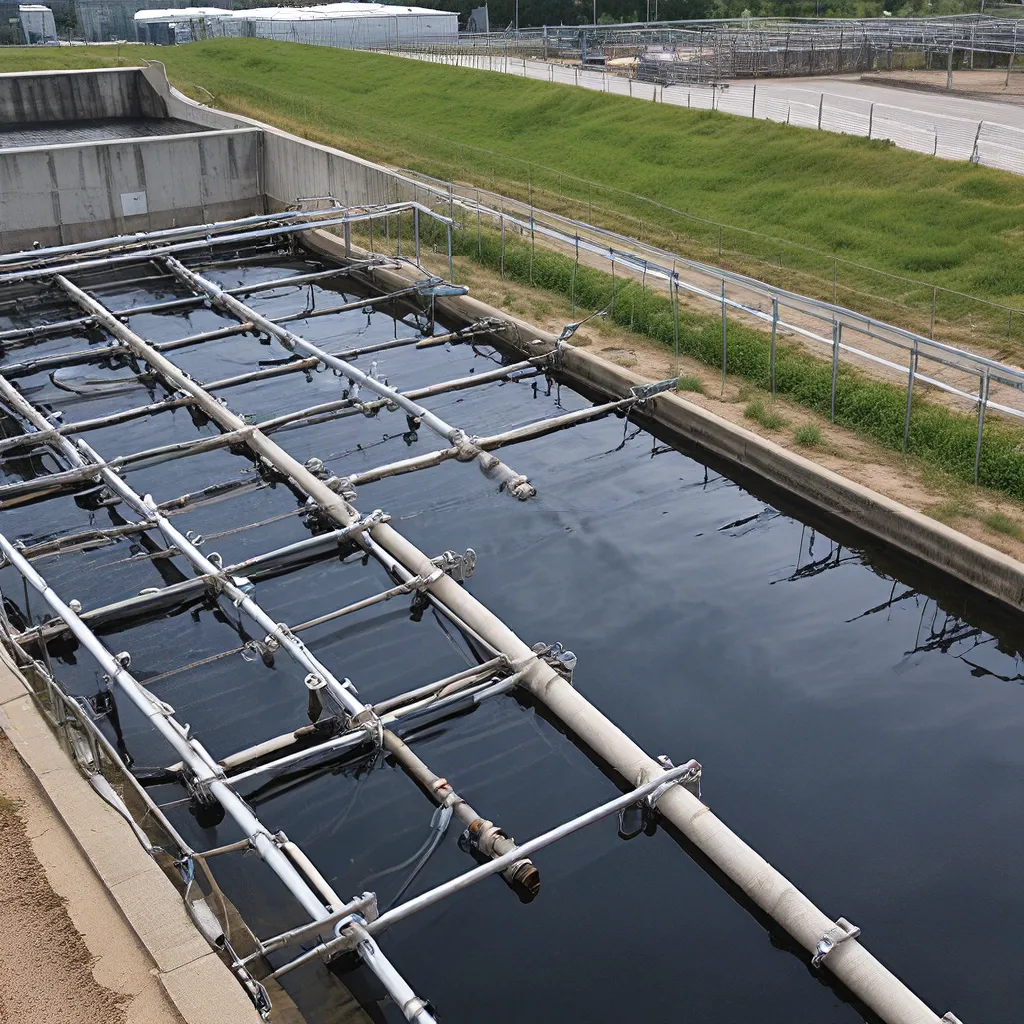
The Perplexing Puzzle of Wastewater Treatment
As I delve into the world of wastewater treatment, I can’t help but feel a sense of fascination and intrigue. It’s a realm where science, technology, and environmental stewardship converge, and the pursuit of clean, pure water seems like a never-ending quest. But amidst the complexities, there’s a glimmer of hope – a promising solution that has been gaining momentum in recent years: photocatalytic oxidation.
Unraveling the Mysteries of Wastewater
Wastewater, a byproduct of our daily lives, is far from a simple matter. It’s a concoction of contaminants, ranging from organic compounds to heavy metals, and even persistent pharmaceutical residues. The conventional wastewater treatment processes we’ve relied on for decades are often struggling to keep up with the ever-evolving nature of these pollutants. And as our understanding of the long-term impacts of these contaminants on our ecosystems and public health grows, the urgency to find more effective solutions becomes increasingly apparent.
Shedding Light on Photocatalytic Oxidation
Enter photocatalytic oxidation, a technology that holds the potential to revolutionize the way we approach wastewater treatment. This advanced oxidation process harnesses the power of light, catalysts, and oxidants to break down even the most stubborn pollutants, transforming them into harmless byproducts. The beauty of this approach lies in its versatility – it can tackle a wide range of contaminants, from organic compounds to microplastics, effectively purifying the water and restoring its purity.
Shedding Light on the Power of Photocatalysis
Imagine a scenario where we could simply expose wastewater to a specific type of light, and watch as the pollutants are broken down and eliminated. That’s the essence of photocatalytic oxidation. By using semiconducting materials like titanium dioxide (TiO2) as catalysts, this process generates highly reactive species, such as hydroxyl radicals and superoxide ions, which then target and degrade the contaminants.
The beauty of this approach lies in its versatility – it can tackle a wide range of pollutants, from organic compounds to microplastics, effectively purifying the water and restoring its purity. And the best part? It can be powered by renewable sources of energy, such as sunlight, making it an eco-friendly and sustainable solution.
Navigating the Complexities of Wastewater Treatment
As I delve deeper into the world of wastewater treatment, I’m struck by the sheer complexity of the challenge we face. It’s not just about removing the visible contaminants; it’s about addressing the unseen threats, the persistent pollutants that can linger in the water long after traditional treatment methods have been applied.
But amidst the perplexity, there’s a glimmer of hope. Photocatalytic oxidation offers a tantalizing solution, a way to break down even the most stubborn pollutants and restore the purity of our water. And as I explore the ongoing research and the potential of this technology, I can’t help but feel excited about the possibilities.
Embracing the Evolving Landscape of Wastewater Treatment
The field of wastewater treatment is in a state of constant flux, with new technologies and innovations emerging all the time. And as we continue to grapple with the ever-changing landscape of environmental challenges, it’s clear that we need to be nimble, adaptable, and open to exploring new frontiers.
That’s where photocatalytic oxidation comes in. This cutting-edge technology holds the promise of transforming the way we approach wastewater treatment, offering a more sustainable and effective solution for purifying our water resources. And as the research continues, I can’t help but wonder what other exciting advancements might be on the horizon, waiting to be discovered.
Empowering a Sustainable Future through Innovation
As I reflect on the complexities of wastewater treatment, I’m struck by the sheer importance of the work being done in this field. It’s not just about cleaning up our water – it’s about safeguarding the health of our environment, our communities, and our future generations.
And with photocatalytic oxidation as a powerful tool in our arsenal, I can’t help but feel a sense of optimism and determination. This technology, with its ability to tackle even the most stubborn pollutants, offers us a glimpse into a future where clean, pure water is not just a luxury, but a fundamental right.
So, as I continue to explore the intricacies of wastewater treatment, I’m driven by a sense of purpose and a deep appreciation for the dedicated individuals and teams who are pushing the boundaries of what’s possible. Because when it comes to protecting our most precious resource, every breakthrough, every innovation, and every step forward counts.